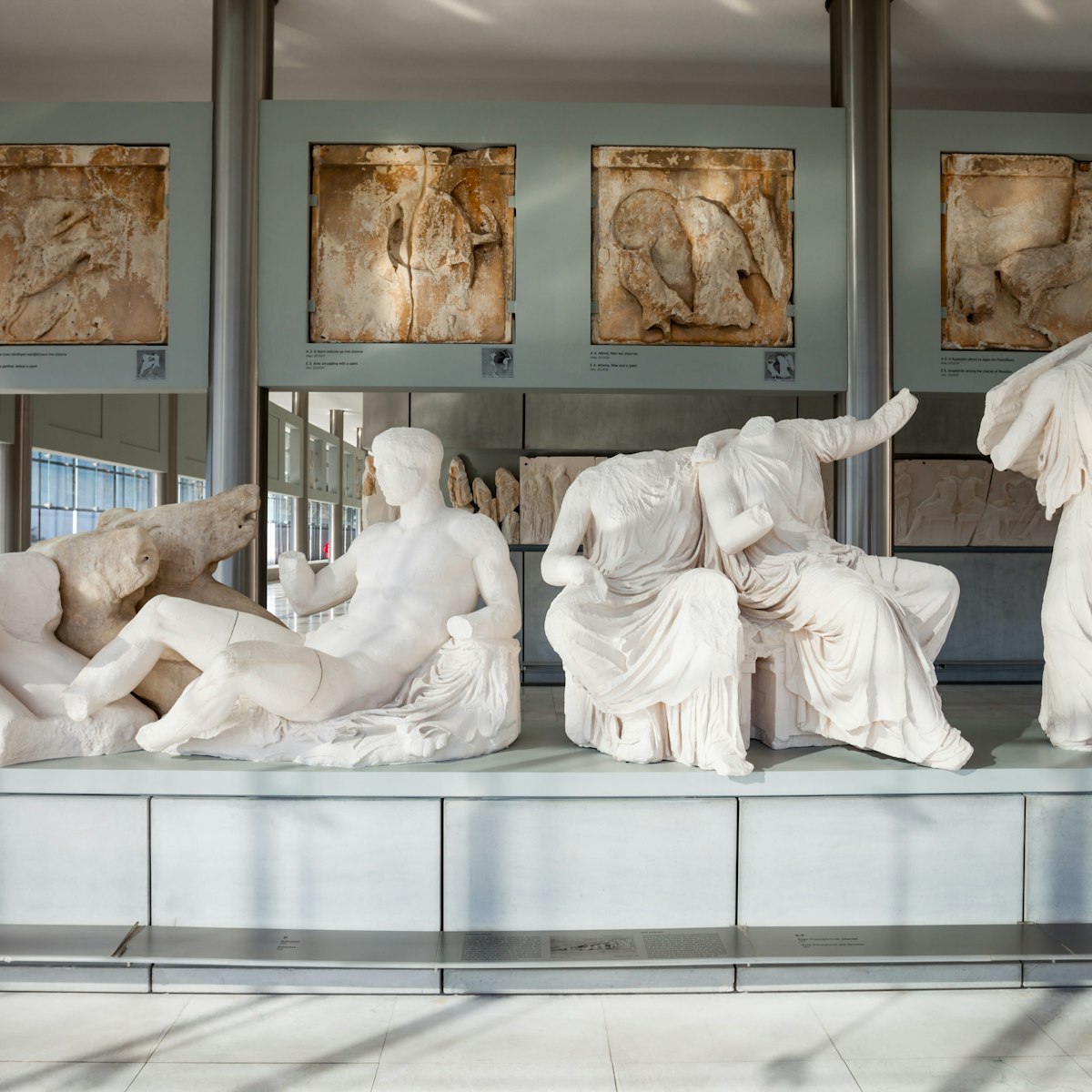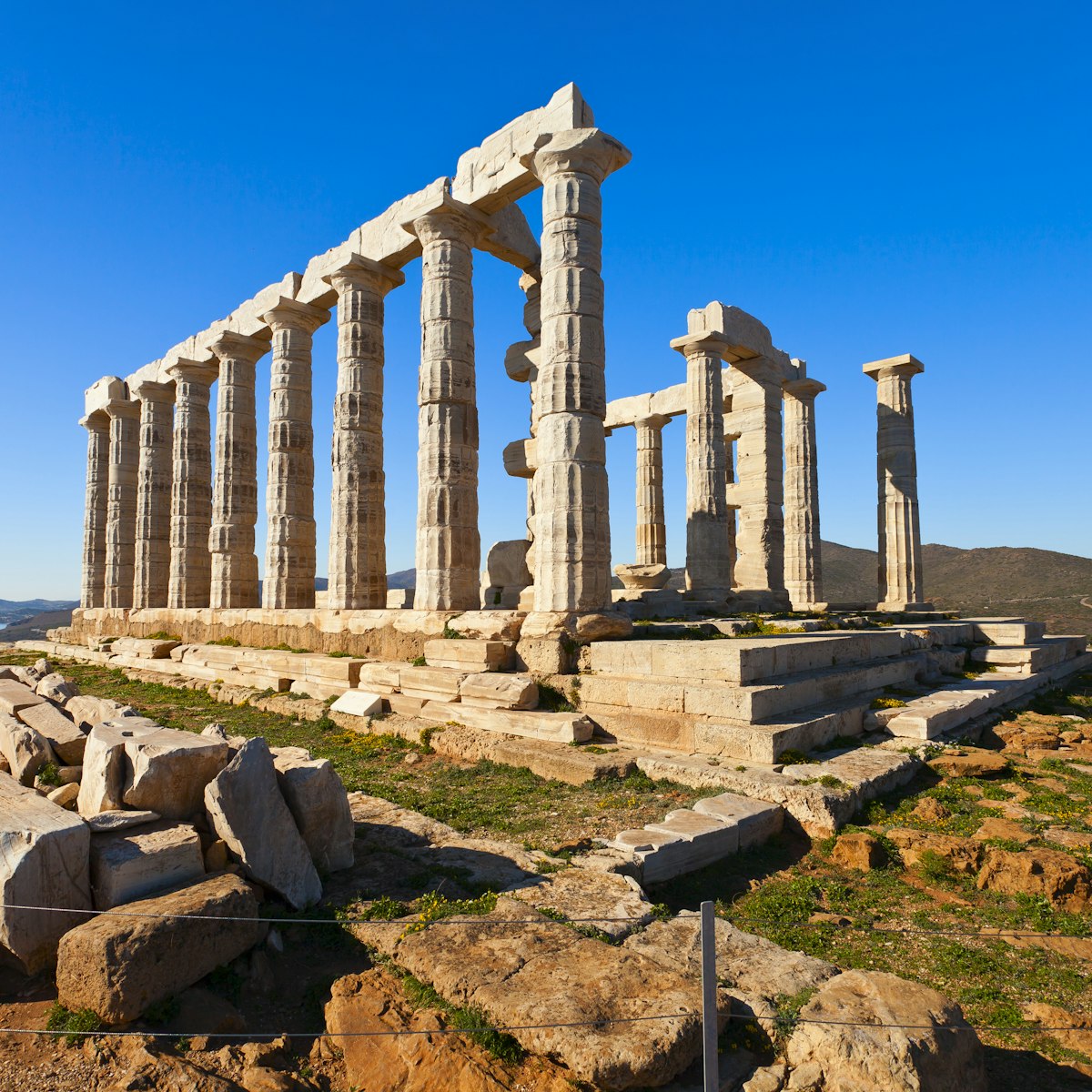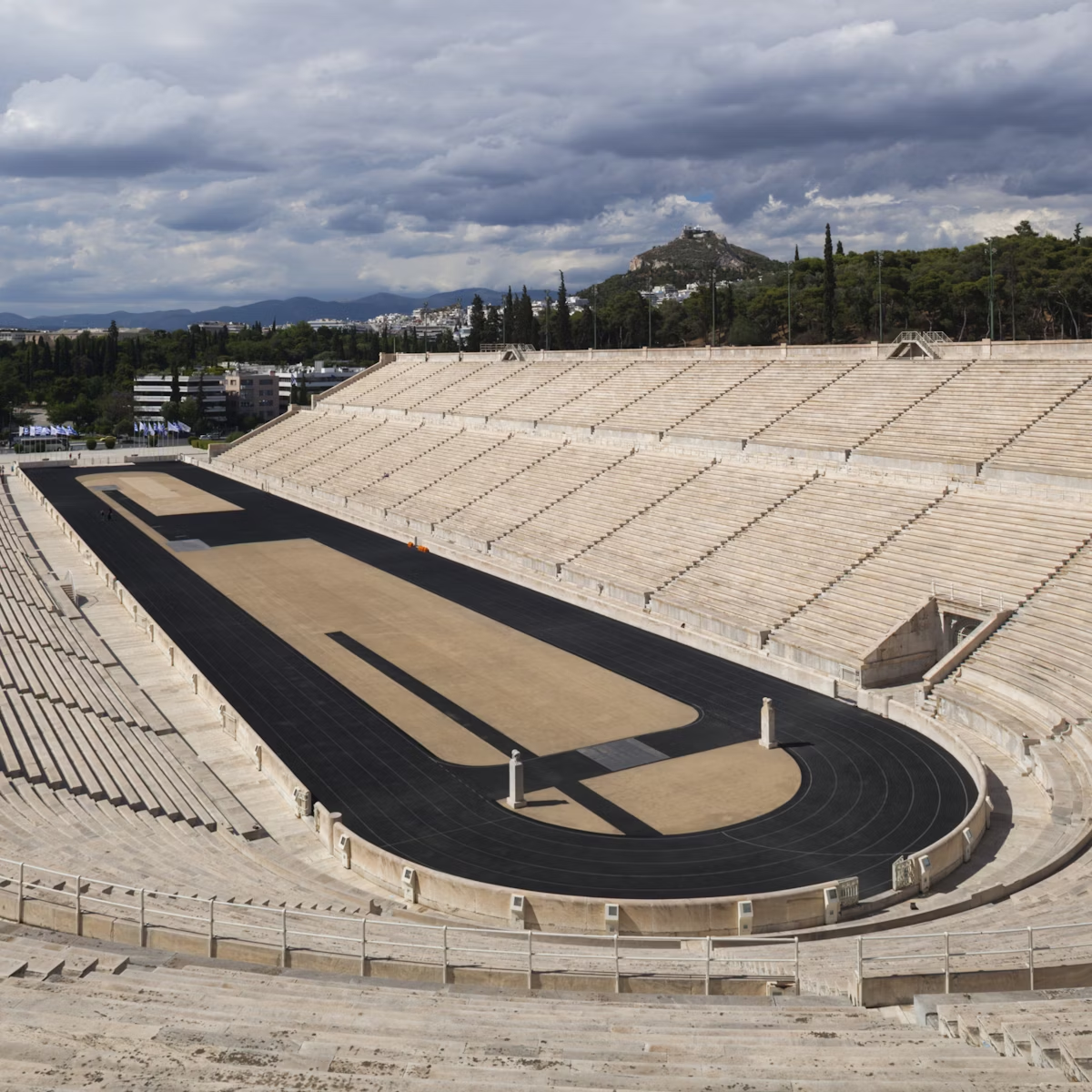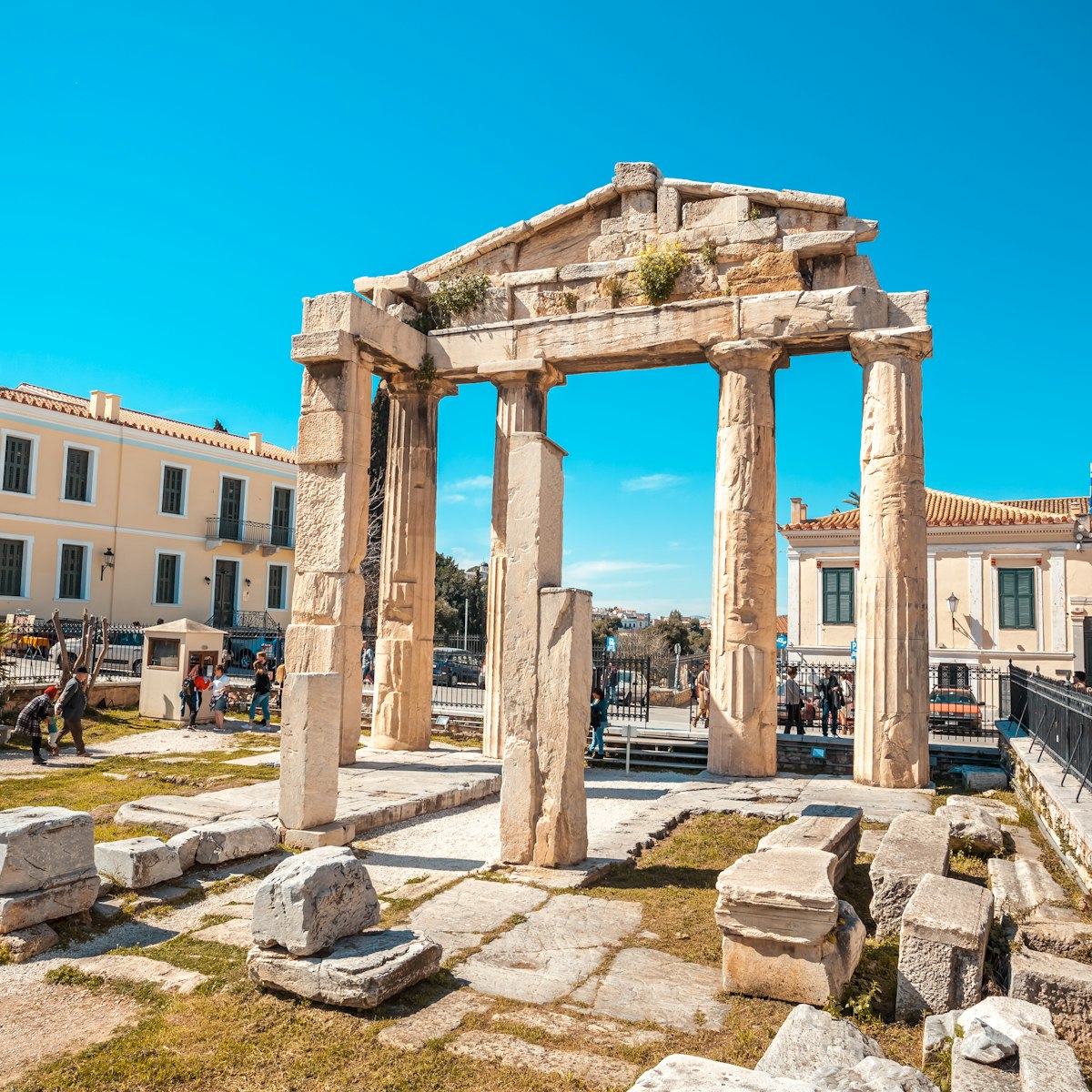Within Kerameikos, the Dipylon Gate, northeast of the Sacred Gate, was the main entrance to the ancient city of Athens, and the point where the Panathenaic Procession began.
It was also where the city’s prostitutes gathered to offer their services to travellers. From a platform outside the Dipylon Gate, Pericles gave his famous speech extolling the virtues of Athens and honouring those who died in the first year of the Peloponnesian Wars.







